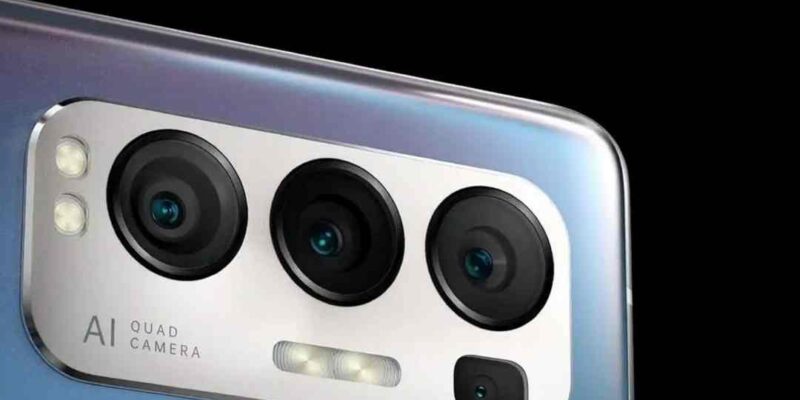This FDF system has two highly effective driving engines – High quality Enhancement Engine and Portrait Notion Engine.
The High quality enhancement engine is liable for adjusting the digital camera to take the absolute best footage and additional has two elements – AI Spotlight Video and Extremely Regular 3.0. Of those, the AI Spotlight Video understands a scene and adjusts digital camera settings accordingly.
AI spotlight video employs a handful of AI algorithms aka Fusion Algorithm Framework. It adjusts brightness (Adaptive Brightness enhancement), determines dynamic vary (Adaptive Dynamic Vary) and depth of noise discount (Adaptive Noise discount) to boost the standard of video recording.
The dynamic vary enhancements are performed utilizing Dynamic Vary Conversion (DRC) and Filmic Tone Mapping (FTM) algorithms utilized to every body and adopted by Multi-frame HDR Fusion algorithm.
Adaptive noise discount enhancements use multi-step Temporal Noise Discount and Spatial Noise Discount Algorithms to ship AI spotlight movies.
The Extremely Regular Video 3.0, then again, is an digital video stabilization trick.
Now concerning the Portrait Notion Engine. Properly, this one especializes in portrait movies. It has three segments together with Scene Design Supervisor, AI Modeling, and Portrait Processing for correct processing, tailor-made optimization for higher portrait movies.
Is that this Full Dimension Fusion (FDF) Portrait Video system actually efficient? Properly, our guess is pretty much as good as yours. OPPO’s pitch appears actually thrilling however it stays to be seen how efficient FDF proves in actual life and if it actually make a distinction. Let’s hope it proves greater than a advertising and marketing gimmick. All of us will get to witness it in upcoming OPPO Reno5 Professional 5G which launches on January 18 in India with Dimensity 1000+ Soc at its core.















Comments